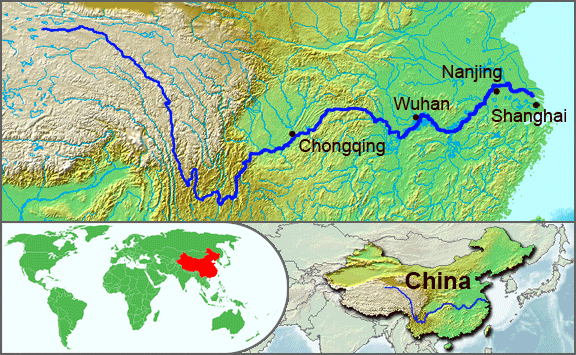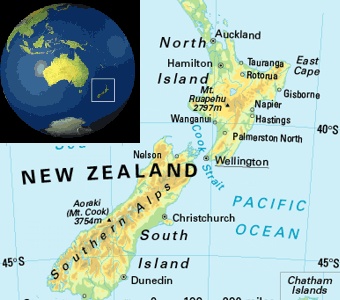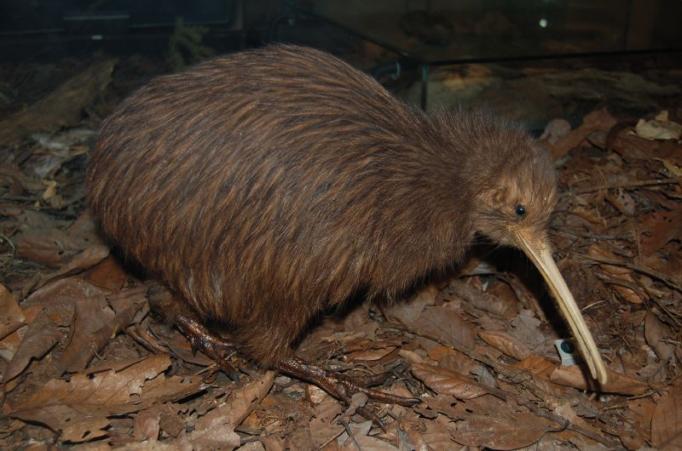History
Most of us are used to being able to go to the local grocery
store, walk to the produce department and pick up some
kiwifruit. But where did it come from? And why do we call it
kiwi?

Actinidia deliciosa is native to north eastern
China, specifically the Yangtze River valley and the Zhejiang Province coast.
The first kiwifruit seeds to be relocated from China were taken by missionaries
to New Zealand in 1906. The seeds were cultivated and by 1910, vines were
producing fruits. The plant
 quickly grew in popularity and soon enough, companies
in Italy, South Africa, and Chile began commercially growing the vine. However,
New Zealand still remains the largest distributing
country of kiwifruit, sending fruits to the United States,
Australia, South America and parts of Europe.
We can still give credit, though, to the New Zealanders for giving this
fruit its modern, common name. For some time, it was called the
Chinese gooseberry because people knew that it originated in
China and it reminded them on a gooseberry. It was not until
1959 that it started being called “kiwifruit.”
Turners and
quickly grew in popularity and soon enough, companies
in Italy, South Africa, and Chile began commercially growing the vine. However,
New Zealand still remains the largest distributing
country of kiwifruit, sending fruits to the United States,
Australia, South America and parts of Europe.
We can still give credit, though, to the New Zealanders for giving this
fruit its modern, common name. For some time, it was called the
Chinese gooseberry because people knew that it originated in
China and it reminded them on a gooseberry. It was not until
1959 that it started being called “kiwifruit.”
Turners and Growers, a fruit-vegetable export company in New Zealand, wanted
to give the product a more marketable appeal. They believed that
Growers, a fruit-vegetable export company in New Zealand, wanted
to give the product a more marketable appeal. They believed that
 the hairy skin of the fruit resembled the feathers of the
Kiwi
bird, a flightless bird native to New Zealand. They were not the
only ones to name this plant for the skin of the fruit. The
scientific name, Actinidia deliciosa, means “tough and hardy”
referring to the skin and “the luxurious” referring to the
succulent taste of the fruit. As kiwifruit became more popular
in the United States, the second half of the name began to be
dropped. Because we do not see the kiwi bird, we can simply call
the fruit "kiwi".
the hairy skin of the fruit resembled the feathers of the
Kiwi
bird, a flightless bird native to New Zealand. They were not the
only ones to name this plant for the skin of the fruit. The
scientific name, Actinidia deliciosa, means “tough and hardy”
referring to the skin and “the luxurious” referring to the
succulent taste of the fruit. As kiwifruit became more popular
in the United States, the second half of the name began to be
dropped. Because we do not see the kiwi bird, we can simply call
the fruit "kiwi".
Who knew the history of a fruit could be so interesting!